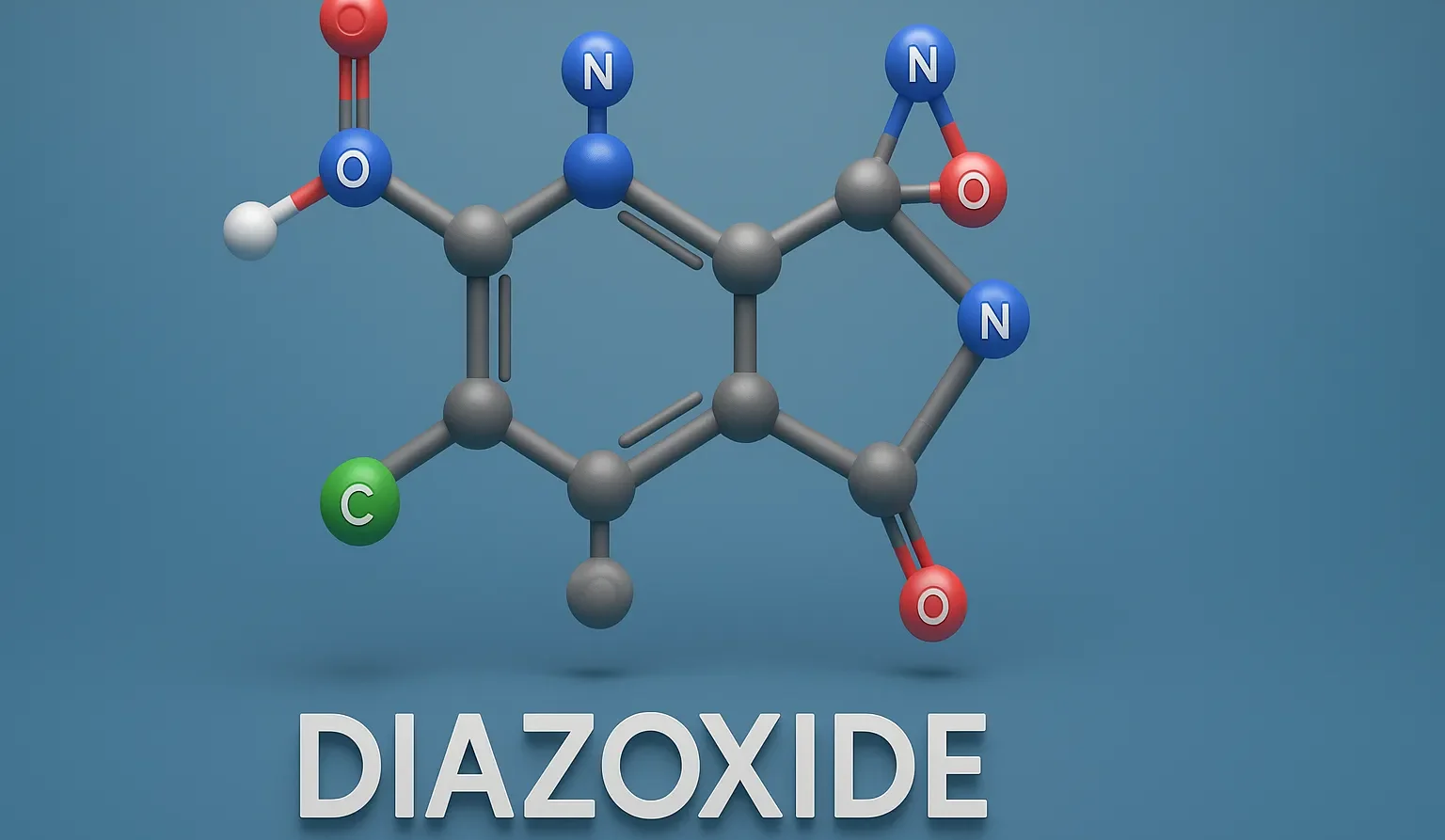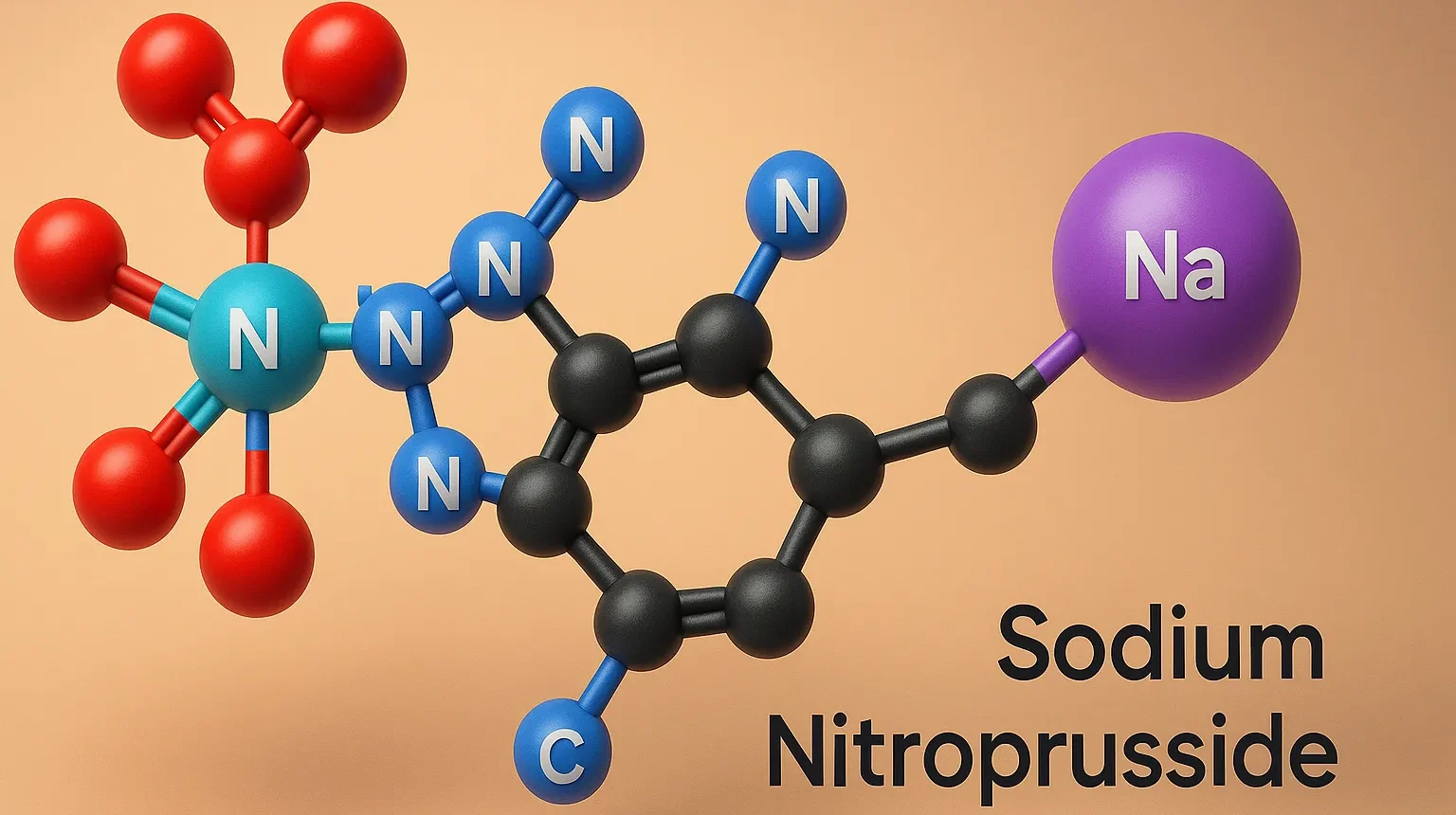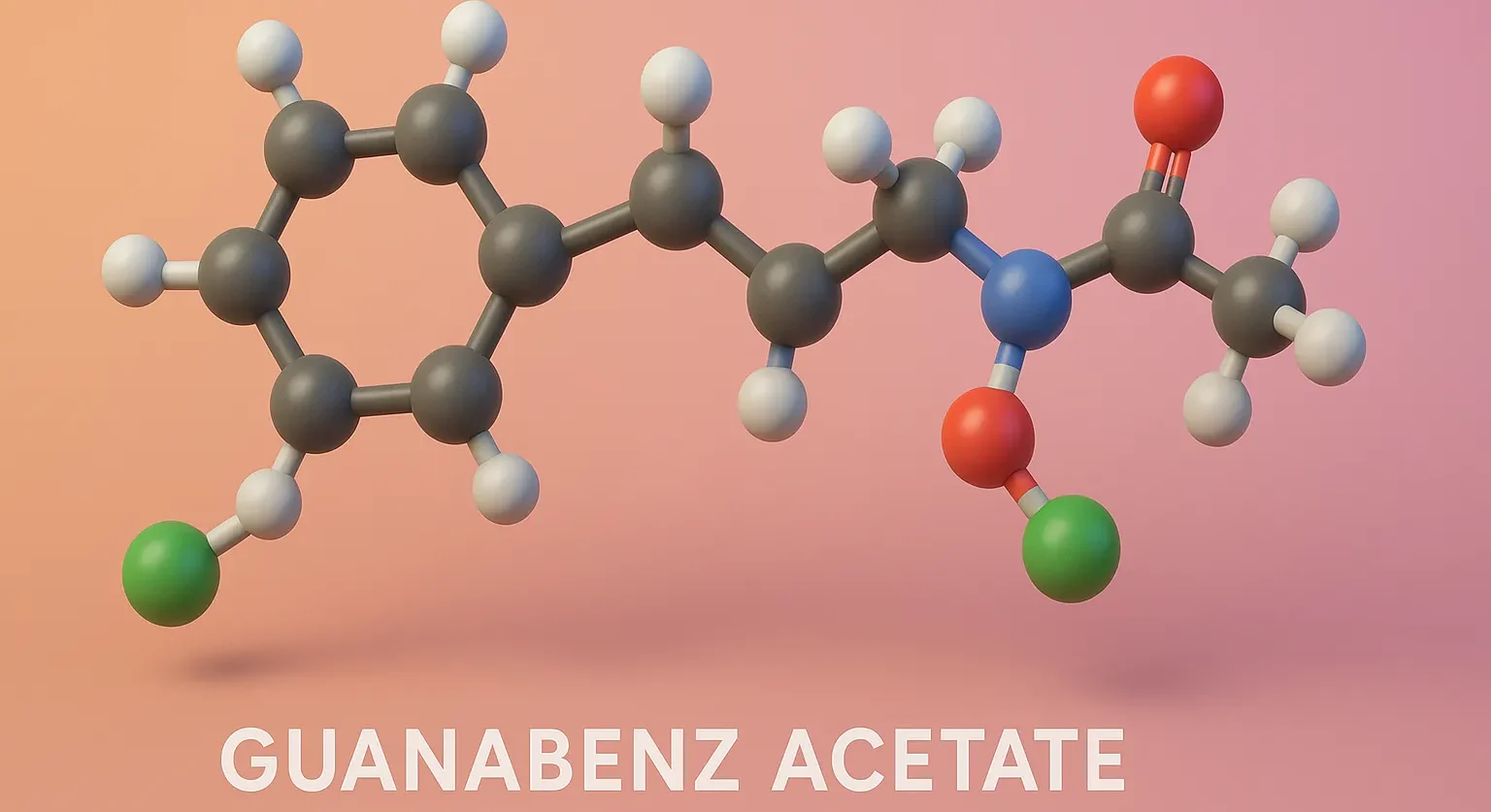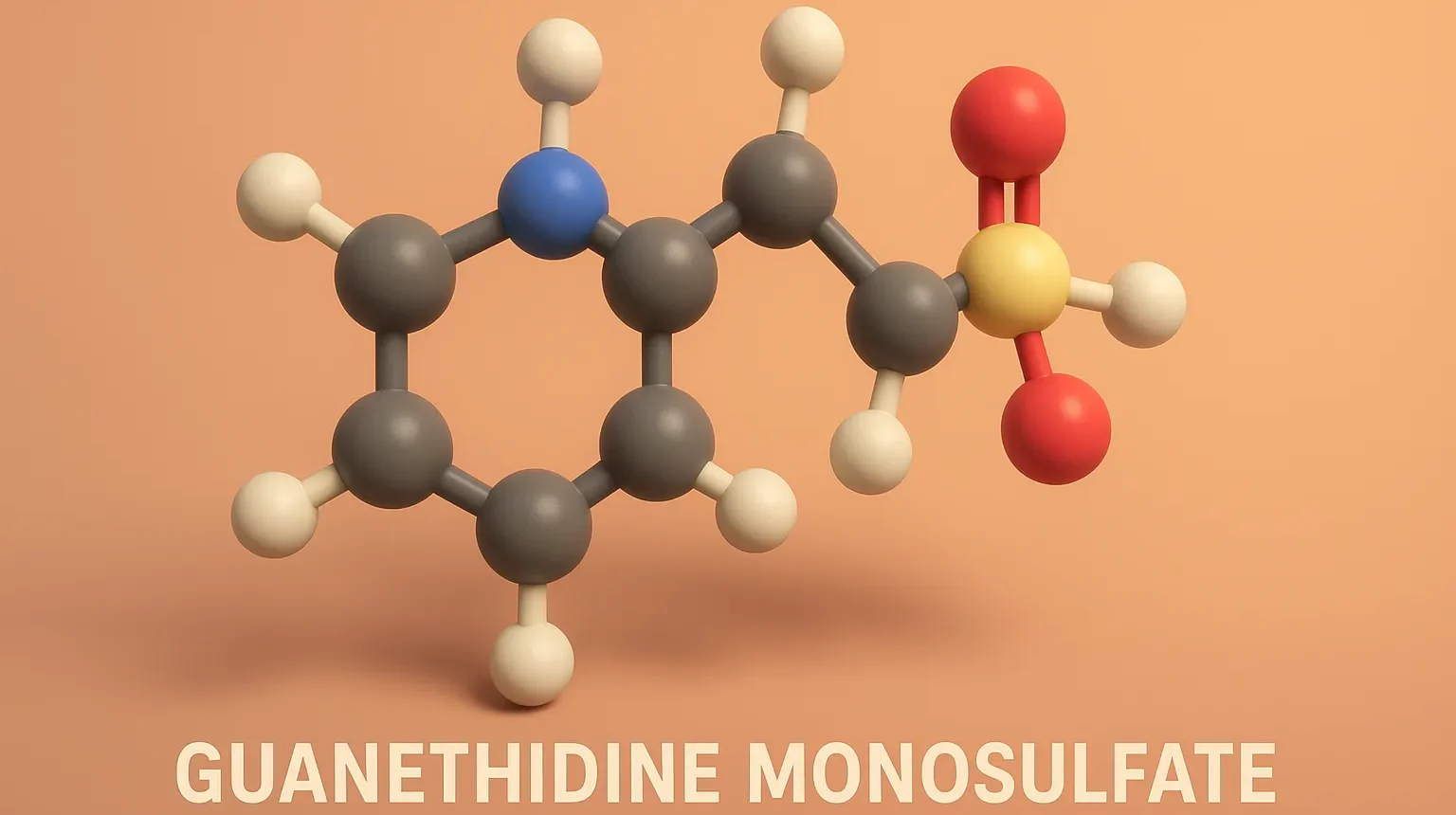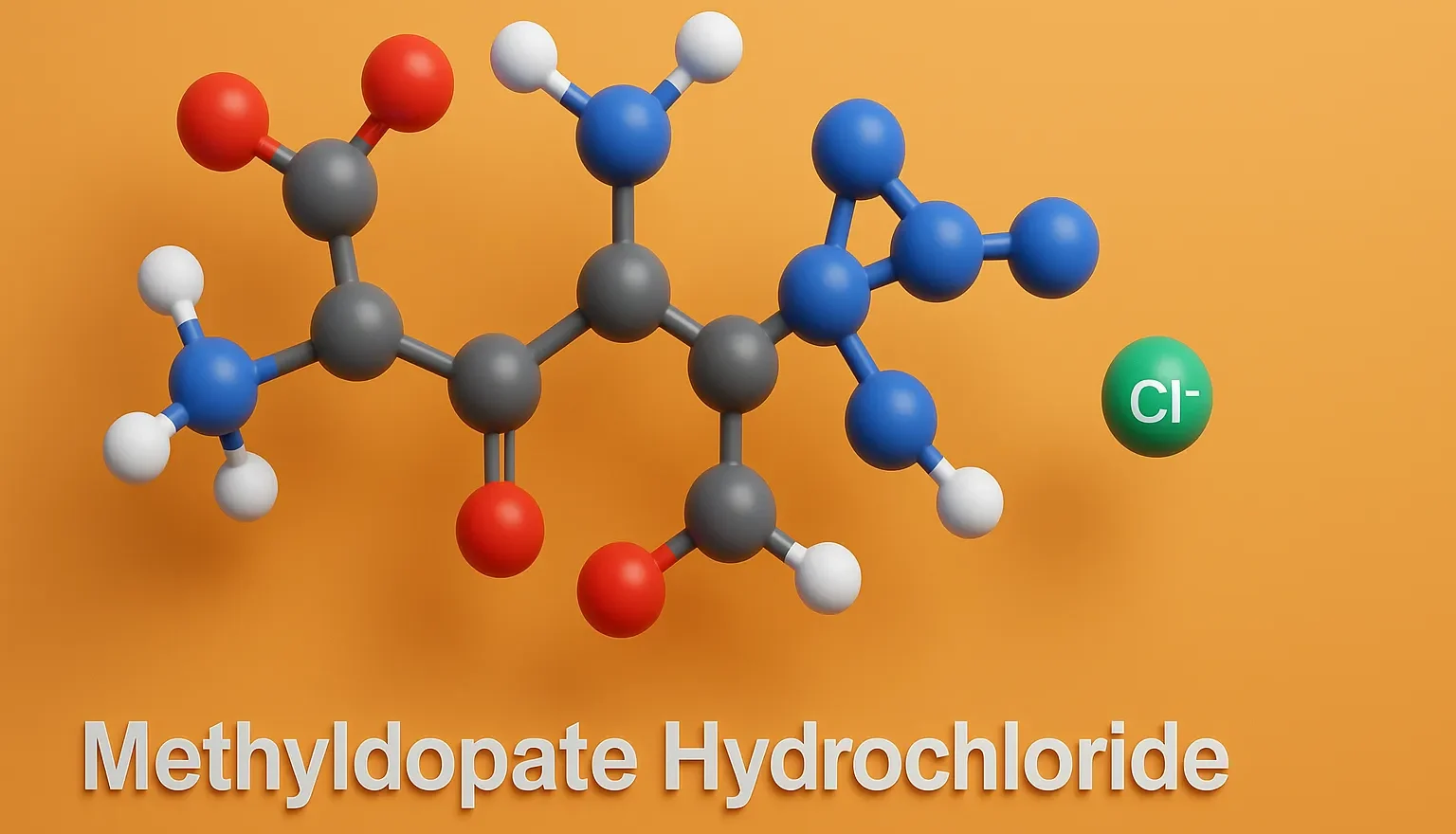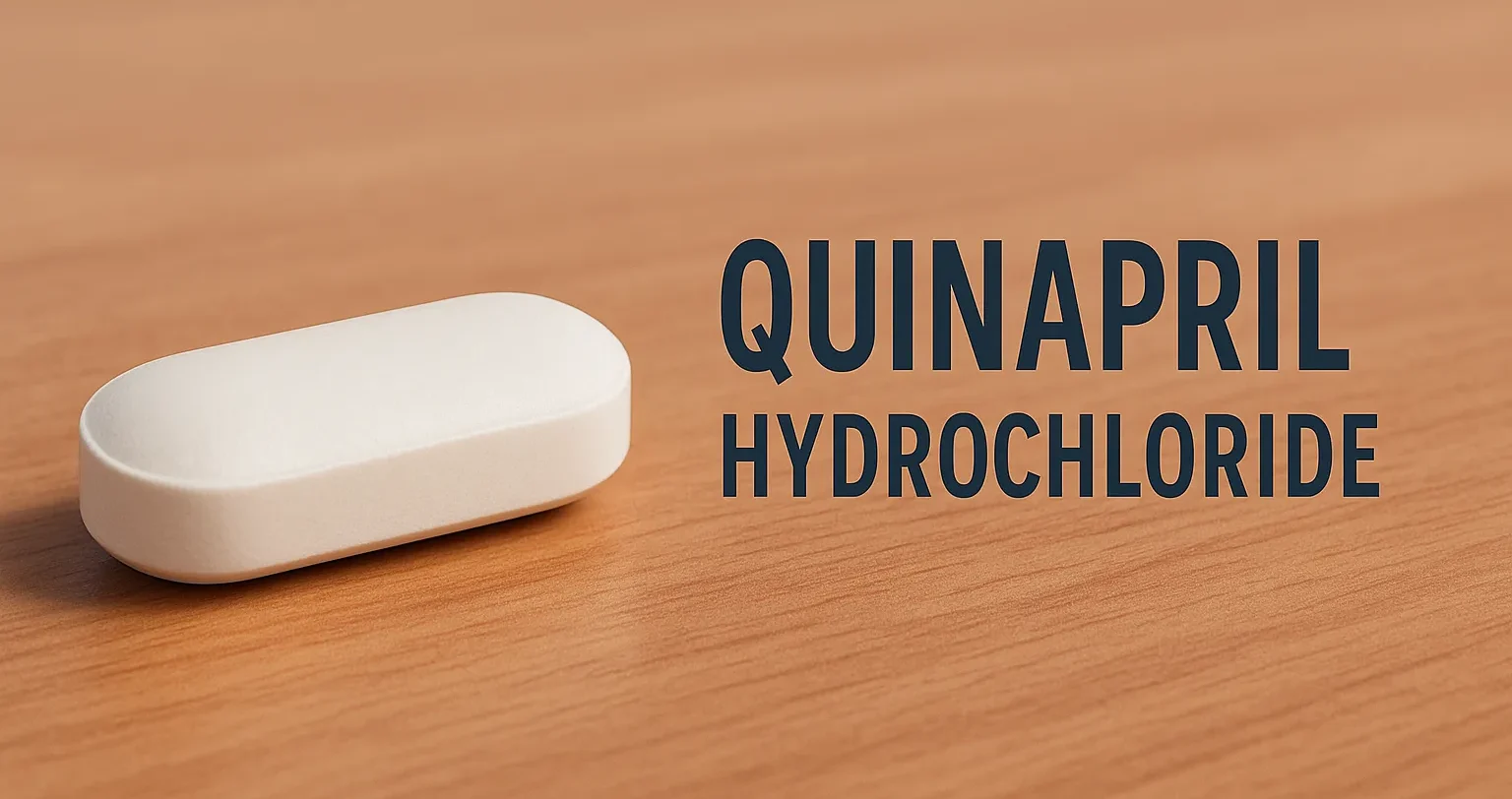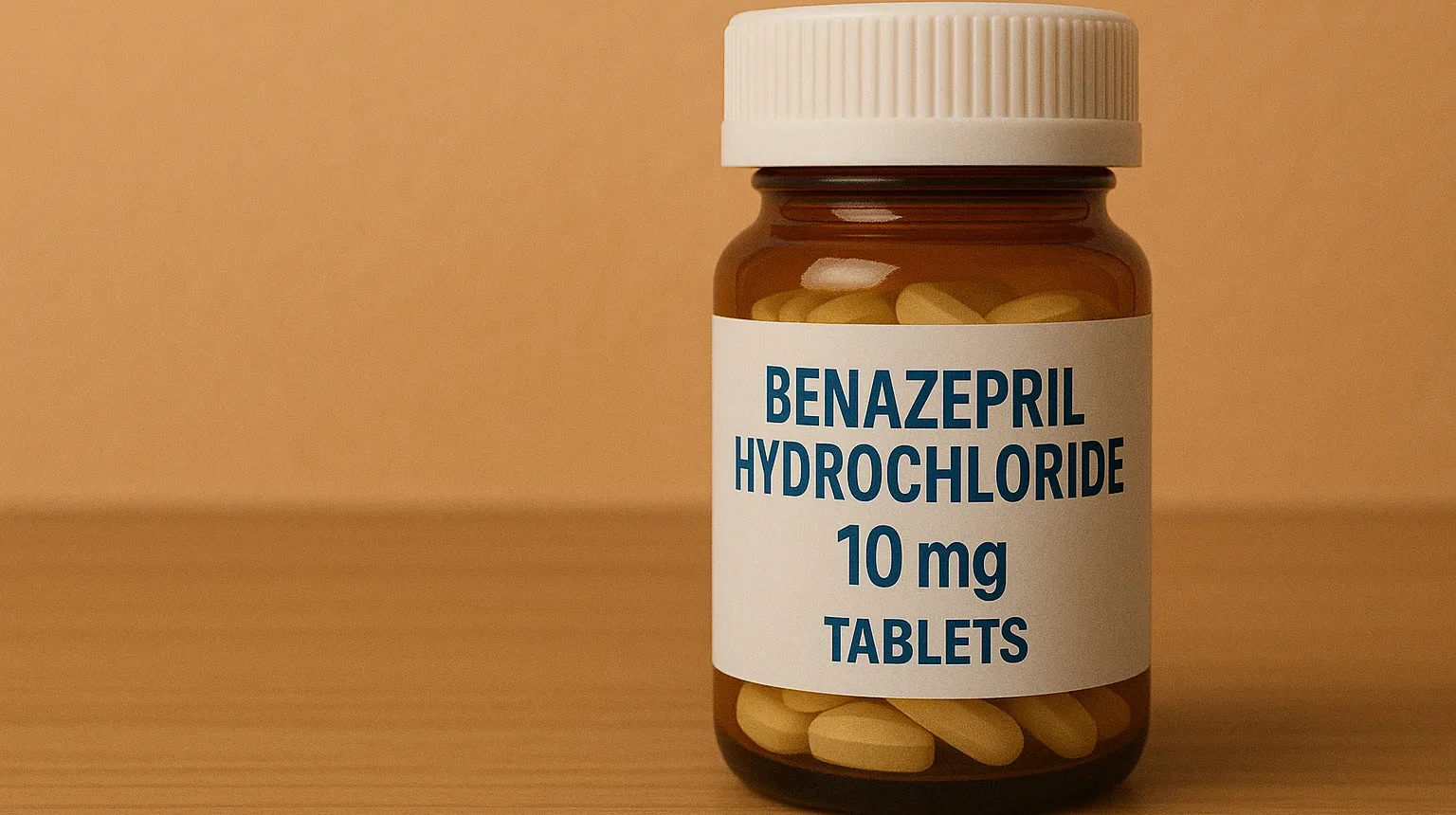Diazoxide
Diazoxide is a vasodilator used in hypertensive emergencies by relaxing arterioles and rapidly reducing blood pressure. Structure of Diazoxide Diazoxide is a benzothiadiazine derivative with an open ring structure, containing a sulfonamide group and a hydroxyl substituent. Chemical Formula: C₈H₇N₃O₃S Mode of Action Potassium Channel Opener: Activates ATP-sensitive potassium channels in vascular smooth muscle. Hyperpolarization: … Read more

